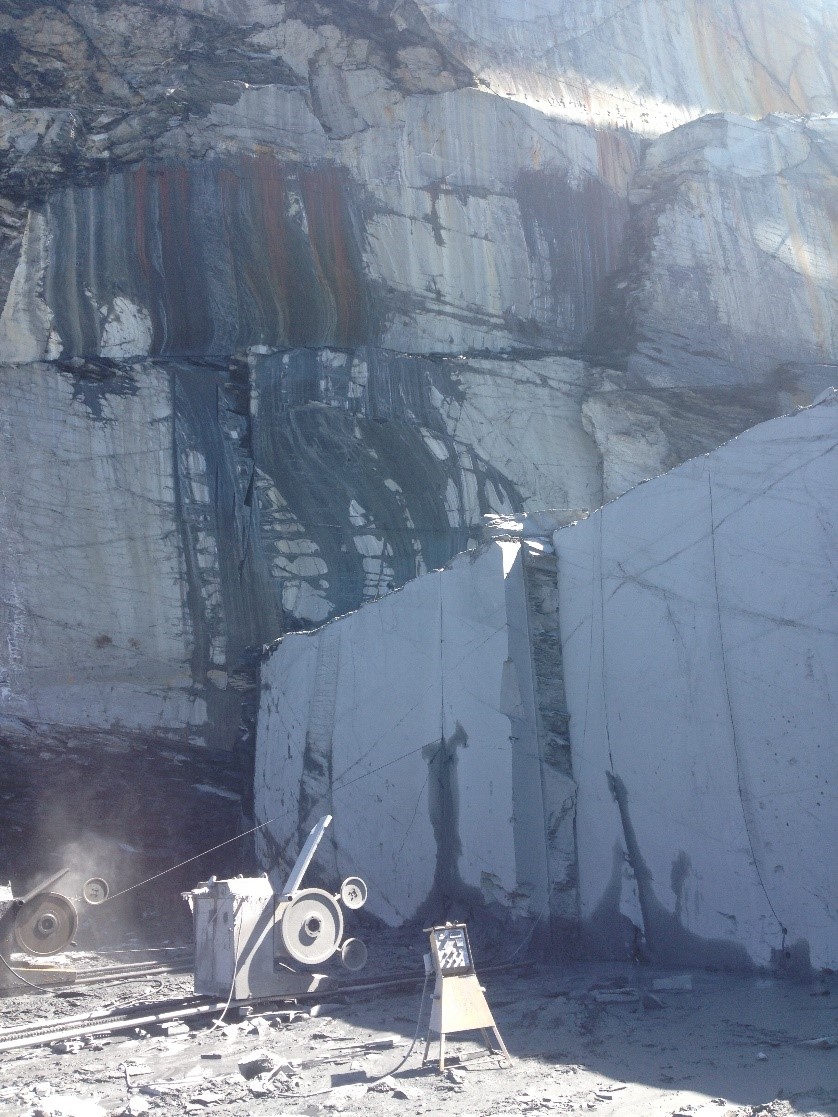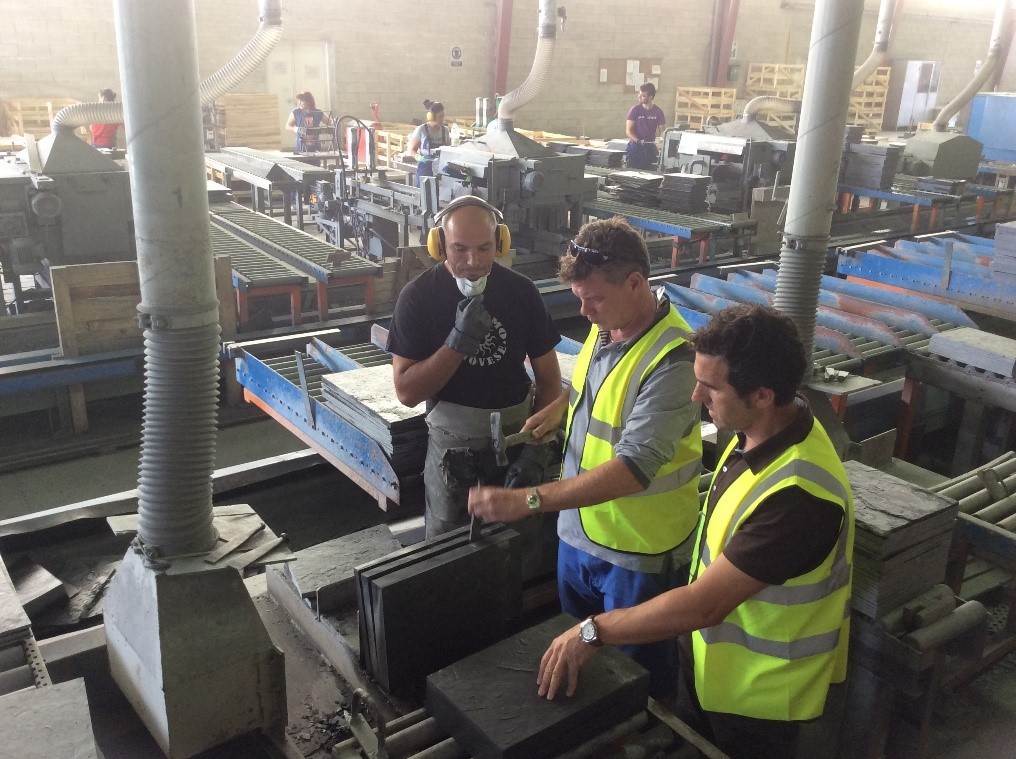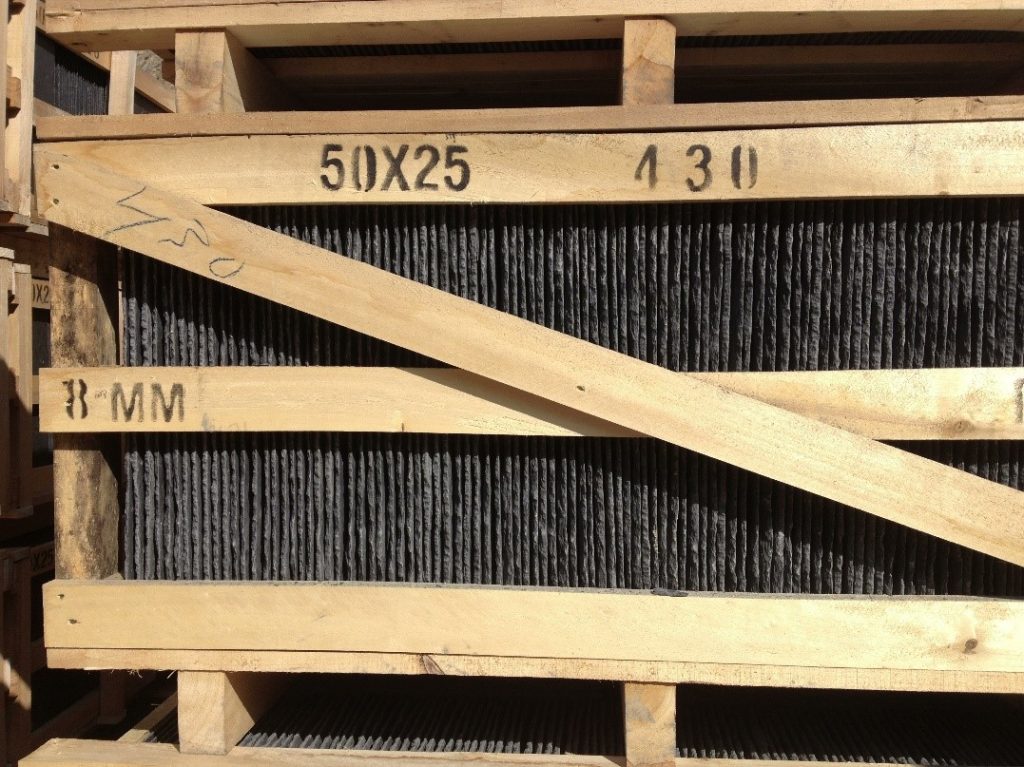Have you ever found yourself wondering just how slate makes its way from a quarry to your home? There are actually five distinct steps that are taken during the process, and each of them is vital to ensuring that you end up with a robust material to adorn your roof, house or garden.
In this article, we will take a closer look at each of the steps taken to prepare slate for your home, whilst also delving deeper into the background of slate as a material.
Where Does Slate Come From?
Before we get into the five steps taken to get slate from the quarry to your home, we thought we would give you some background on the material.
A metamorphic rock, slate is derived from the process of metamorphism from clay or volcanic ash. It is the finest grained form of metamorphic rock. Although the majority of slate in Europe comes from Spain, there are actually many UK quarries, with Wales and Cumbria forming the main source of the material on our shores.
Slate is not only perfect for use in roofing tiles, it’s also an ideal material for flooring too. This is mainly down to its characteristics as a naturally slip-resistant floor, making it ideal for wet areas of the home such as the bathroom or outdoor areas.
The Five Steps To Take Slate From The Quarry To Your Home
Step 1 – Extract Slate from The Quarry
Firstly, the slate needs to be extracted from the quarry. This involves finding a vein of stone suitable for a particular use before harvesting the slate.
Once the quarry is discovered by a team of experts, they strategically extract the slate by using a variety of methods. This could be by blasting, wire cutting or circular saw cutting the material. Slate must be quarried with precision, as the extraction process can affect the integrity and yield of the slate. The blocks that are extracted on site are left in the largest possible size for transportation; this is done in order to prevent material loss during transport. After evaluating the stone, experts will then cut the slate into more manageable pieces before moving onto the next step.

Step 2- Let’s Get Cutting!
Radial saws will cut the slate into appropriate shapes and sizes in two stages. First to the correct width and then to the desired length.
The blades used to cut the slate are diamond tipped for precision. Diamond is the hardest material known to man, meaning there’s little on the planet that it is not capable of cutting. It’s fair to say that each of these blades is extremely costly but essential to producing accurately cut pieces of slate for sale.
Step 3 – Splitting and Trimming
Splitting is considered to be one of the most specialised skills within slate production. Each piece which was cut during the last stage is split by hand from the blocks created. The expert will split the block into separate pieces, halving the thickness until they reach the final product. Due to the delicacy of the material and this process, a lot of the slate is damaged, with 85% of the slate being unusable or spoiled.
Once the slate is split, the rives (the split slate with sawn edges) will go for dressing.
This step is also where any other aesthetic details will be carried out, such as shaping into Schuppen slates for more decorative laying.
Step 4 – Holing
Roofing slates are often pre-holed at the quarry for the slater’s convenience. They are usually drilled in small groups or even one by one. All slate should be holed from the bed of the material (the underside) using a punch or boring method. This is a particularly delicate stage of the process, and if care is not taken then damage can be caused to the slate.
Occasionally you will find a slate un-holed, or with just one hole in the material; this can happen when a group of slates are particularly thick, and the drill piece is not long enough to reach the entire way through the pile.
Step 5- Packing and Shipping
The final stage before your slate is ready for shipping is packing, which sees every pallet from the factory being packed by hand in order to ensure minimal breakages or damage to the product. The slates are packed tightly on end so that the slate doesn’t move and shatter during transportation. Slate can break relatively easily, so it’s absolutely essential that care is taken during the packing stage, as any issues can cause the product to break. During this process, the wooden crates that are used to transport the slate are also treated with heat, and formally Methyl Bromide up until 2010, to kill any insects or parasites in the wood to prevent the spread of diseases and introduction of foreign species.
UK Slate stock a range of roofing slates which are sourced from only the finest quarries around the world. From our years of experience, we know that our slates exceed the expectations. If you would like to know any more information about our superb slate, simply get in touch with us today. You can call us directly on 01539 559289 or email our team on info@slate.uk.com and we will be more than happy to assist you further.


